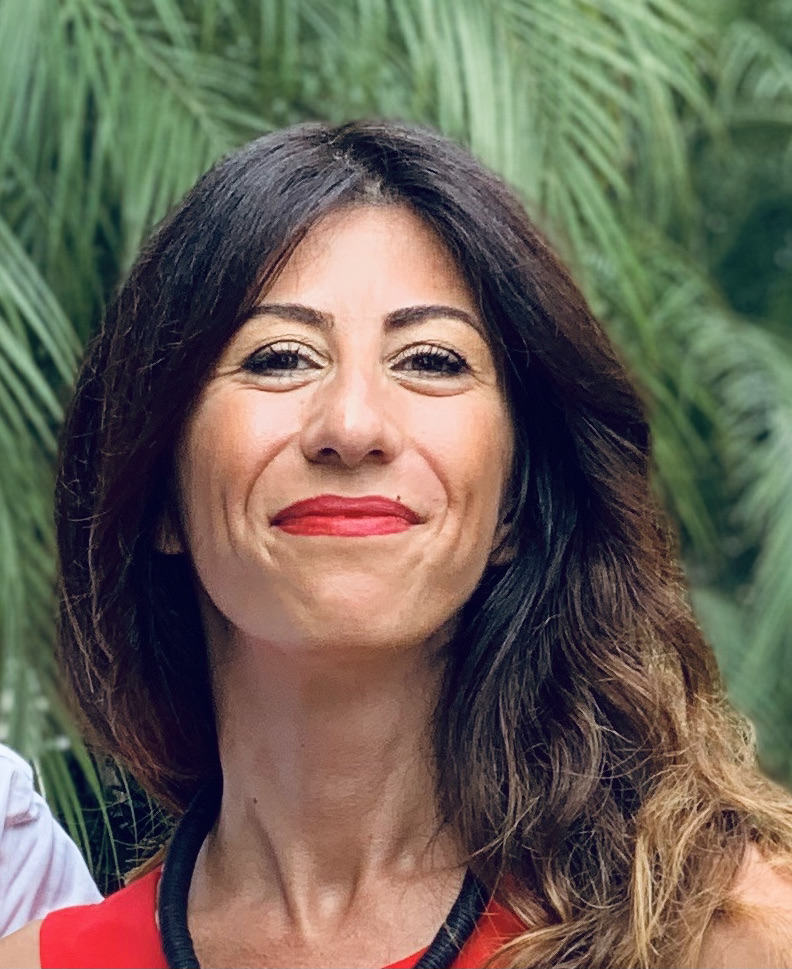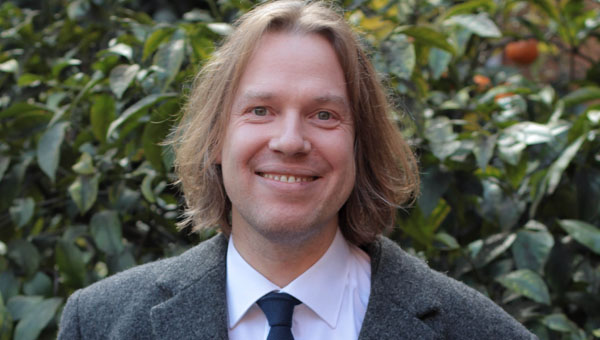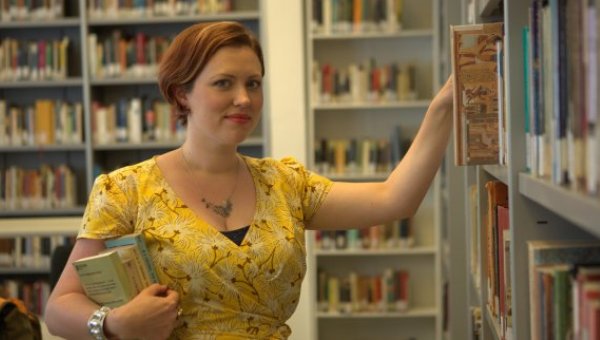The Emergence of Insight: Professor Carola Salvi Coedits Book
JCU psychology Professor Carola Salvi recently coedited the book The Emergence of Insight (Cambridge University Press, 2024), along with Jennifer Wiley (University of Illinois, Chicago), and Steven M. Smith (Texas A&M University). Authored by leading researchers from around the world, the book explores cutting-edge perspectives on insight, the processes that underlie it, and the conditions that promote it. Professor Salvi contributed two chapters to the book, as well as the introduction and the conclusion.

Tell us about The Emergence of Insight. What is the book about?
We are all familiar with the sensation of being stuck when confronted with an apparently insurmountable problem, unable to find a solution. Yet, on occasion, a fresh perspective on the problem emerges seemingly out of nowhere. Suddenly, the missing piece of the puzzle falls into place, as a whole the gap is bridged, and the solution becomes glaringly obvious. This is what it means to have an insight—the “Aha!” moment— the ineffable moment when a creative idea comes to mind.
One of the book’s notable strengths lies in its interdisciplinary approach, drawing from cognitive psychology and neuroscience, to provide a holistic understanding of “Aha!” moments. The authors adeptly navigate through various theoretical frameworks, ranging from Gestalt psychology to contemporary cognitive neuroscience, to elucidate the processes involved in insight cognition. Through a synthesis of empirical research and theoretical analysis, the authors unravel the cognitive mechanisms involved in restructuring problem representations, overcoming impasses, and achieving novel solutions. Chapters delve into various themes, from attention and memory, to learning, curiosity, and mind wandering as well as evolutionary perspectives. Moreover, the book’s last section offers a valuable summary of the neural correlates of insight, highlighting the brain regions and neural networks implicated in insight generation. The book is a must-read for anyone interested in delving deeper into the mysteries of the human mind and the fascinating phenomenon of insight and creative cognition.
You also contributed two chapters to the book, as well as the introduction and the conclusion. What are the main ideas proposed?
I curated the last section of the book, the one on the underpinning neuroscience of insight. Specifically, Chapter 11 called Waves of Insight. A Historical Overview of the Neuroscience of Insight, delves into the evolution of insight problem-solving neuroscience research over the past century, highlighting its transition through distinct waves marked by changing theoretical and methodological paradigms. It explores how Gestalt psychologists introduced the concept of insight as a form of discontinuous problem-solving, followed by a phase comparing insight with analytical problem-solving. The narrative then shifts to the contemporary era, where cognitive neuroscientists leverage advanced behavioral methods and neuroimaging technology to investigate the neural correlates of insight.
Chapter 13, titled Insight. What Happens Backstage? describes the phenomenon as the sudden emergence of a novel idea into awareness, an insight, that is often associated with a feeling of pleasure and reward. It highlights three key aspects of the insight experience: the discontinuous nature of its emergence, the involvement of subcortical brain structures related to reward and emotion, and its association with solution accuracy. Through recent research, the chapter explores the neural processes underlying insight, emphasizing the role of unconscious processing and the subsequent rise into awareness. Additionally, it discusses the adaptive function of emotions accompanying insight and their impact on learning and memory. Both chapters will provide useful material for my class on the science of creativity.





